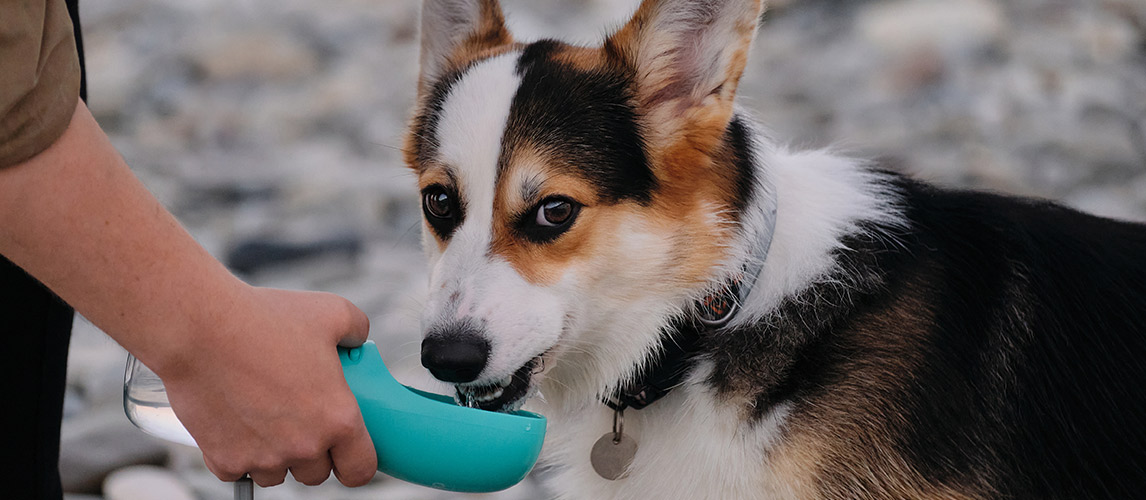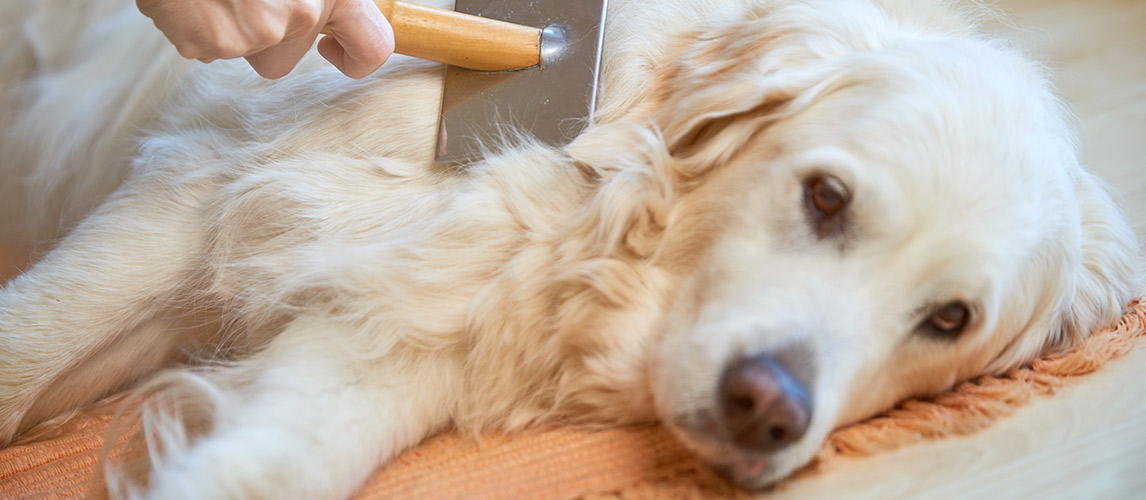Whenever we get scrapes, cuts, or abrasions, we tend to always reach for a tube of Neosporin and apply it several times a day for several days to help prevent secondary bacterial infections and aid in the healing process. It generally works, but does this mean we can also use it on our dogs? According to recent surveys, pet owners asking whether they can use Neosporin on their dogs happens to rank number 8 in their long list of questions about pet care. So, can you really use Neosporin on your pet dog?

A Look at What Neosporin Is
Neosporin is a topical antibacterial preparation that consists of three different antibacterial ingredients that include bacitracin, polymyxin B, and neomycin.
- Bacitracin: This is a polypeptide antibiotic that primarily kills Gram-positive bacteria through the disruption of the bacteria’s peptidoglycan and cell wall synthesis.
- Polymyxin B: On the other hand, is primarily intended for Gram-negative bacteria that are more resistant to antibiotics than their Gram-positive cousins. This antibiotic works by attaching itself to the cell wall of the bacteria, increasing the pores of the wall, and allowing the entry of extracellular fluid to enter the bacteria. This fills the bacteria with water until it bursts and is eventually killed. Polymyxin B is known to act like a detergent.
- Neomycin: Belonging to the class of antibiotics known as aminoglycosides, Neomycin is both effective against Gram positive and Gram negative bacteria, although its antibacterial activity on Gram positive organisms is a bit limited like all aminoglycosides.
As you can see, Neosporin is actually a brand name of a topical antibiotic that contains 3 different antibacterials that have varying mechanisms of action. This is important since, like the human skin, the skin of canines is also rich in bacterial and fungal flora. Bacteria are often classified according to the Gram staining properties, whether they stain blue (positive) or red (negative). On the canine skin you can have Gram positive bacteria that belong to the phyla Actinobacteria, Firmicutes, and Micrococcus. Gram negative bacterial phyla present in the dog’s skin include Proteobacteria, of which acinetobacter and pseudomonas are popular pathogens, and Bacteroides.
Using a combination of bacitracin, polymyxin B, and neomycin helps address these microorganisms on your pet’s skin. Remember, these bacteria reside on the skin, constituting the normal skin flora. These do not produce infection. However, if the skin loses its integrity such as what happens in a cut or abrasion, these microorganisms can gain entry into the deeper structures of the skin. Since these organisms are relatively ‘new’ to the inside of the skin, immune system cells attack them leading to inflammation and initiating a series of changes that we now know as infection.
Applying Neosporin can help provide a protective barrier over the ‘open’ skin so that the bacteria that are present on the skin will not go inside and lead to infection.
Should You Use Neosporin on Your Dog?
Given that Neosporin helps prevent bacterial infection of minor cuts, abrasions, burns, and even scrapes, it is generally considered safe to apply Neosporin on your pooch.
However, studies show that cleaning the abrasion immediately can have the same effect of faster healing times and the effective prevention of bacterial infection. This simply means that if you are vigilant enough in what is happening to your pooch, then you can immediately take affirmative steps at the very first sign of a loss in skin integrity. You can wash and clean the scraped or abraded skin with copious amounts of water. A simple saline solution also works. Applying Neosporin is thus, optional.
Moreover, it has been shown that most dogs have a very fast rate of wound healing, way faster than humans do. With this knowledge, should you decide to apply Neosporin onto your dog’s wounds, make sure to apply it for only a few days as your canine friend’s body will be taking care of the rest. Applying it no more than 3 times a day should be sufficient.
When Should You Not Use Neosporin?
Like all topical antibiotics, Neosporin should never be applied onto deep wounds, gaping cuts, and extensive burn injuries. It should be remembered that the formulation of Neosporin is primarily intended for superficial use only where the skin’s natural pH and other characteristics have been taken into consideration. Using it on deeper cuts and wounds may still work but there really is no guaranteeing its effectiveness since it was not designed or formulated for deeper wounds. Additionally, deep wounds already involve blood vessels and other tissues which may require more definitive management than simply protecting these from possible bacterial infection.
That is why it is generally recommended that if there are deep wounds or cuts your first action is to irrigate it with clean water or saline solution then apply pressure bandage. Then you will need to bring your pet to the veterinary clinic so they can assess the injuries, maybe put a few stitches on to control the bleeding, and administer a more appropriate antibiotic for good measure.
You May Also Like: Dog First Aid Kit

What if Your Pooch Licked the Neosporin?
One of the canine behaviors you really cannot avoid is licking. This is especially true if they have cuts or wounds because it is their way of trying to heal their injuries. Unfortunately, if you apply Neosporin on a body part that their tongue can easily reach, then you’re running the risk of developing stomach upset, vomiting, loss of appetite, or even diarrhea in your pet. In dogs that are super sensitive to the components of Neosporin, skin lesions and even seizures may develop. Hopefully, it will not lead to the latter as this can have serious consequences on the blood supply to the brain.
If you really need to apply Neosporin, make sure to cover it with a bandage. Or better yet, you can put a protective collar around your pet’s neck so that it will not be able to reach for its cut or wound.
Neosporin is not really necessary especially if it’s only minor scrapes and cuts and you are vigilant enough to provide rapid first aid treatment. However, if it gives you peace of mind, then applying Neosporin on your pet shouldn’t be an issue.
Related Post: Liquid Bandage for Dogs
Sources:








